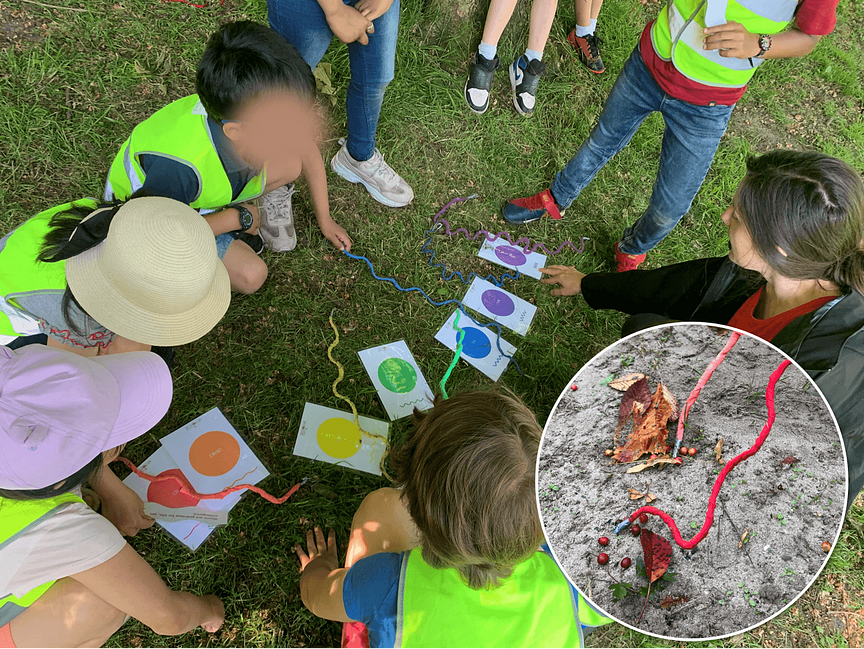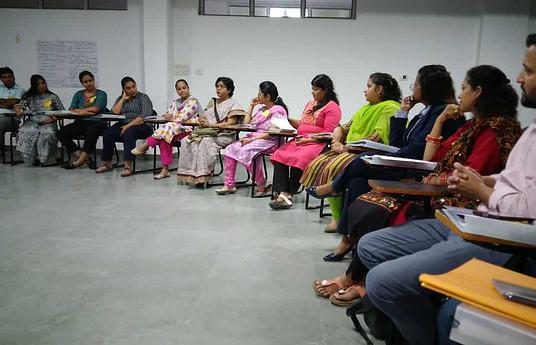Children’s relationship with nature is now based on a range of emotions, from ignorance to distress, and the belief that any contact could be harmful to themselves… and to nature! At a time when there is great pressure to deliver environmental education, it is time to rebalance children's relationship to their milieu and make it a holistic way of learning, connected with their school curriculum.
The 7 connection gateways © is a pedagogy based on education WITH nature. The 7 connection gateways (7 C.G.) are paths we take to create a connection between the inner world of the child and nature.
This outdoor teaching pedagogy uses different access points to meet the child’s initial affinity and to gently reduce their reluctance to spend time in nature. Each of these 7 C.G. leads the child to explore and then to wonder at nature, but also to deeply learn life skills, SELs skills and school concepts.
Students can expand their horizons and curiosity towards the other gateways, gradually connecting in a deep and lasting way with the living world.
Between them, these 7 C.G. take account of the curriculum, talents and know-how of most teachers & educators. They therefore provide a zone of proximal development for introducing children to nature.
The pedagogy leads experienced educators to extend and consolidate their outdoor education, their impact and their own connection to nature.
Through our programmes, especially those conducted for international primary schools of Amsterdam, we have gained over 11000 hours of child-nature connection using the 7 C.G. pedagogy. Students have learned life skills, as well as academic concepts in math, science, language, art... What they learned from nature, about concepts such as waves, colours, measurement, balance... remained engraved in their heads.
More than that, we have been able to witness first hand the growing desire of teachers to educate with nature, but also their constraints to do so themselves.
After a successful pilot to train educators in Leo Lagrange, a French institution, the pedagogy is now being taught to educators and teachers in primary schools in Europe, with the support of a strong growing community.
For teachers and educators, who want to:
- develop the connection between children and the living world
- enrich their pedagogical approach with inquiry, place-based learning
- provide effective environmental education
- match the PYP / IB curriculum expectations
- get educational tools on nature-based education
Training: info@nayanature.nl
Support & coaching: aureliacg@gmail.com



